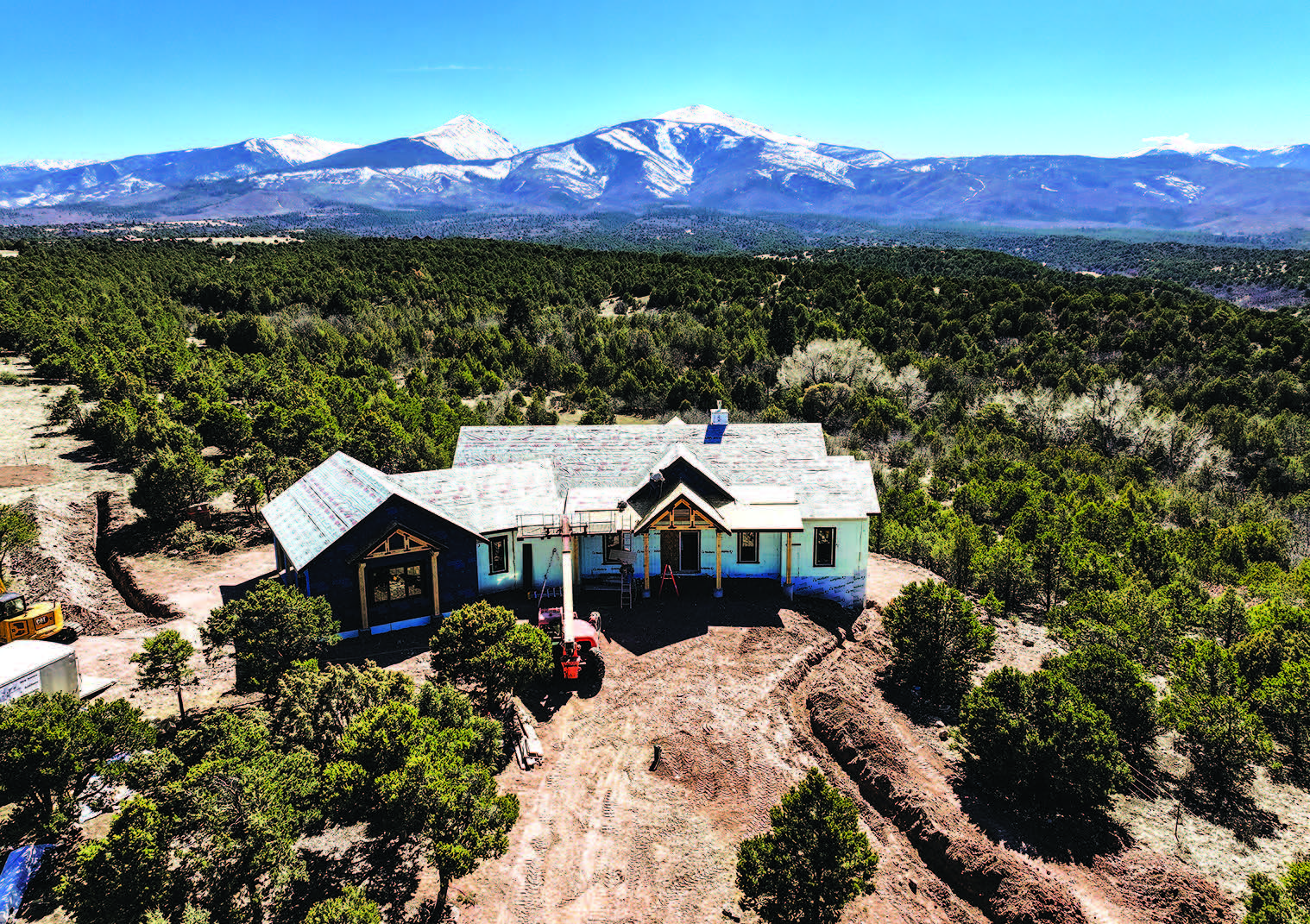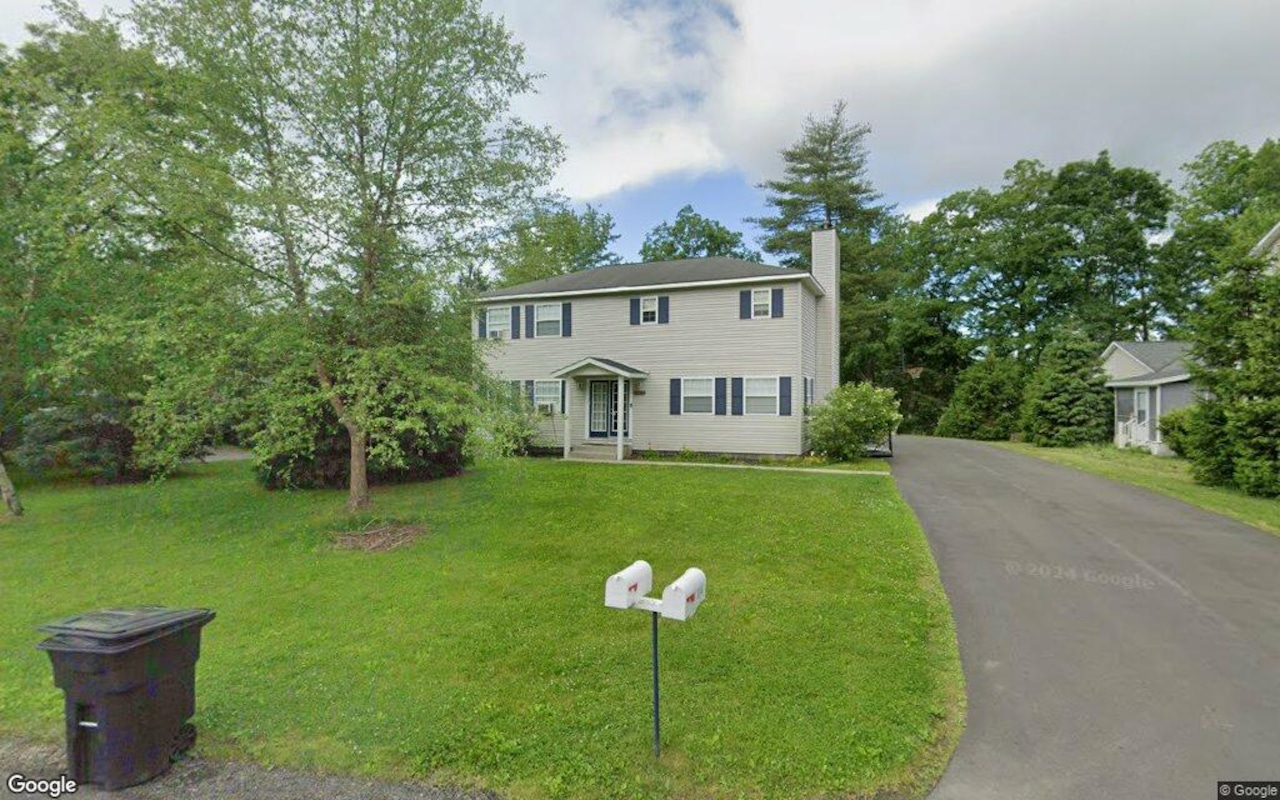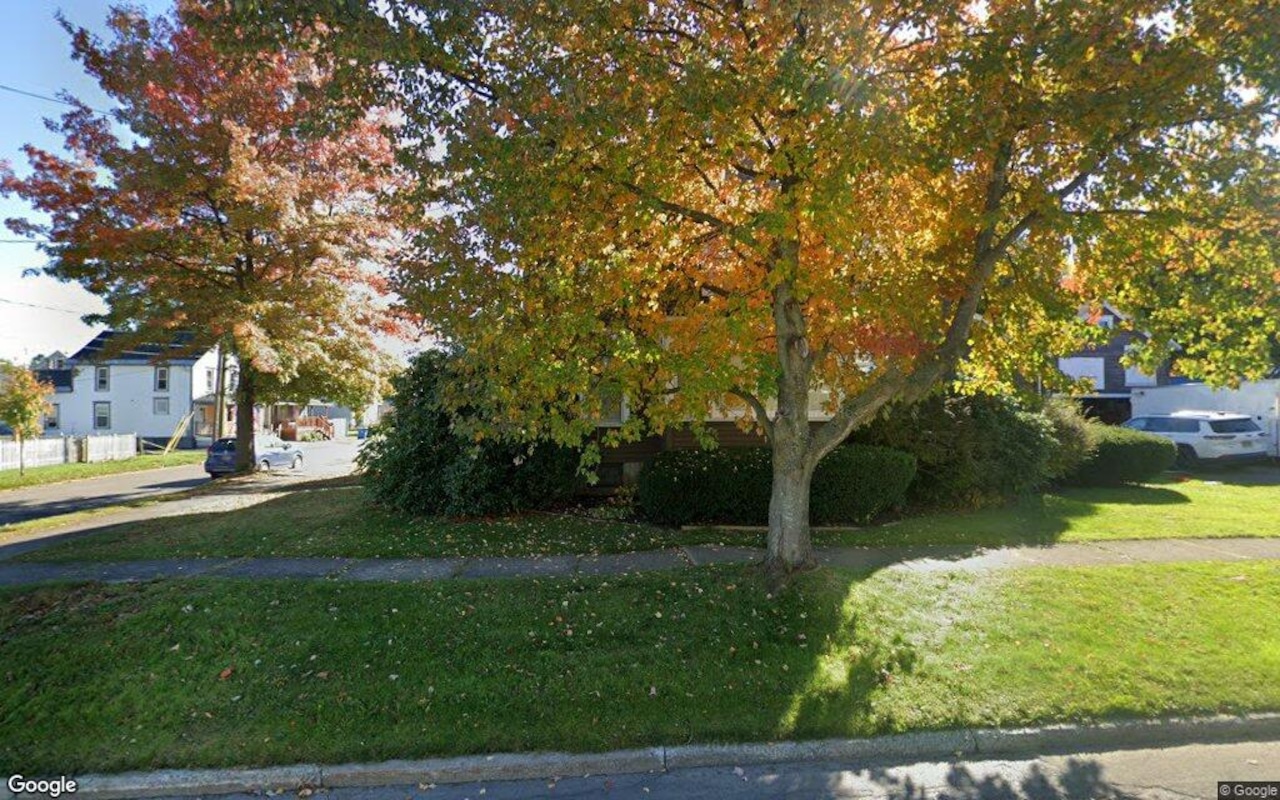T
he real estate market in the Wet Mountain Valley has been a wild ride since 2020, with values skyrocketing and interest rates rising to unprecedented levels. While this was a boon for sellers of secondary homes, who saw handsome profits that could be invested elsewhere, buyers faced a daunting landscape of bidding wars, dwindling supply, and rapidly increasing prices.
The desire to move to the Wet Mountain Valley remains strong, but the ability to do so has been limited by the small local market's capacity. Despite fears of a real estate crash when interest rates rose at an unprecedented pace, the local market instead entered a stable equilibrium that benefits both buyers and sellers.
With the election cycle behind us and tariffs no longer a concern, sales have picked up for many local real estate agents. The selection of properties has also become more attractive, with options ranging from tiny homes to luxury mountain chalets. One unique aspect of the local housing economy is that nearly 60% of homes are not primary residences, but rather secondary vacation homes or "snowbird" retreats.
These secondary homeowners have seen their property values rise over time and often view summer vacations as a savvy investment opportunity. However, this also means there's a limited supply of lots available for development, driving up prices due to scarcity.
Custer County's zoning laws, established in the 1970s and strengthened since then, are designed to preserve the region's rural character and prevent large-scale developments. Minimum lot sizes range from 35 to 80 acres, depending on location, and most properties outside town limits can only be used for agriculture or single-family homes.
This limited supply of developable land has kept real estate values stable over time, making it an attractive feature for buyers who can afford a second home or are retiring to their dream mountain abode. However, this also means that homeownership is often out of reach for those starting out in the rural parts of the Valley.
Additionally, state restrictions on water wells have further limited the number of new lots that can be subdivided, and around 50,000 acres of land in the region are now under conservation easements, preventing development. Despite these challenges, sellers continue to enjoy good prices for their properties, while buyers benefit from a stable market with plenty of attractive options.














